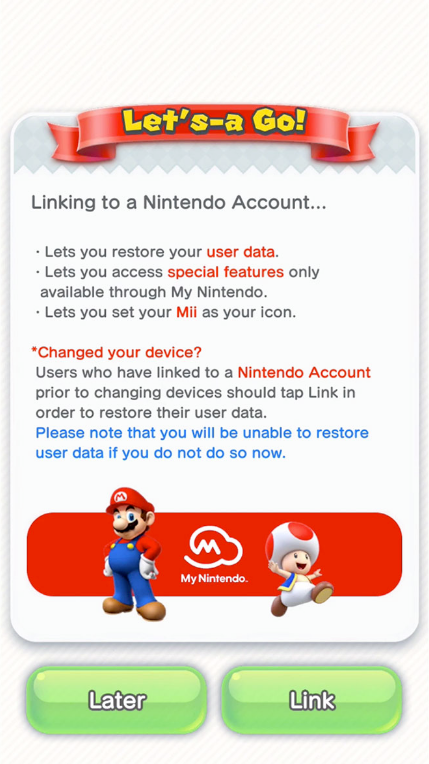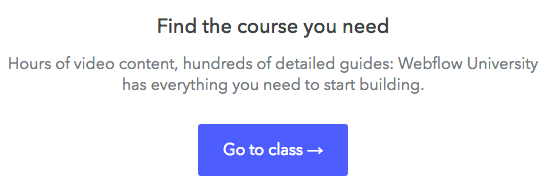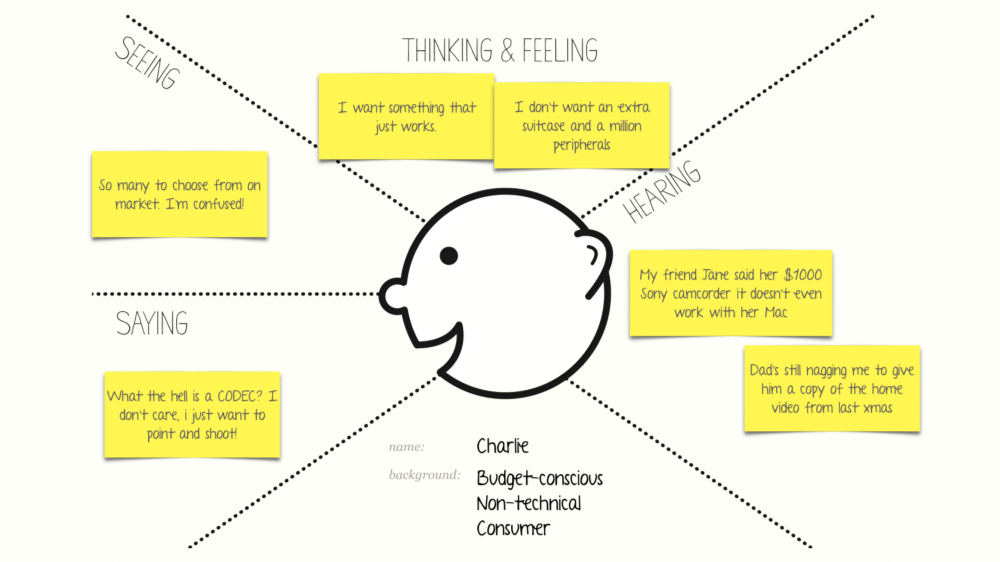Build Design Systems With Penpot Components
Penpot's new component system for building scalable design systems, emphasizing designer-developer collaboration.

UX Planet — Medium | Jason Fox
I dreamt that someone left this comment on my story about microcopy:

Creepy but true. She lives in every single word I write.
We had her burnt to bone fragments and ash. The wind at Mount Tamalpais State Park sent her remains swirling above us, toward the ocean, into the branches of trees. These were some of the last physical interactions her body would have with this planet.
And yet nothing I do here on Earth is without her. Memory is energy. Energy is action.
Everything I create carries my energy. Her energy. When I form a thought and write it down, it’s with some of the same energy that my mother used to grow me. When certain words annoy me, I feel the same irritation that I felt when my mother chewed too loudly. Can’t you close your mouth when you’re chewing Fritos, Mom! You’re driving me insane!
 Samuel Hulick documents irritating and inefficient onboarding copy, which irritates me just like mom used to.
Samuel Hulick documents irritating and inefficient onboarding copy, which irritates me just like mom used to.
It’s that mom-inspired exasperation which pushes me to improve inefficient or irritating words. Whether they’re words in a user guide, onboarding flow, or advertisement, it’s as if a ghost is crunching Fritos in my ear until I fix them.
Some say it’s best to keep a single person in mind when considering your audience. I sometimes agree.
I try to imagine my mom using whatever product I’m writing copy for. It helps me feel less frustrated at users for being confused by a task that seems so simple to me. It’s just easier to feel empathy for someone I love.
Feeling personally connected to your work doesn’t mean everything you write needs to be an insightful poem. It doesn’t mean that you need to re-invent the structure of release notes.
It’s simply about recognizing that there are no insignificant elements, not even button copy.
 A button in an email from Webflow University thinks beyond the UI interaction.
A button in an email from Webflow University thinks beyond the UI interaction.
For me, the phrase Go to class evokes a loving command. I can smell the school hallway. The pink erasers and grinding pencil sharpeners. I ache for the days when parents might tell me to go to class. For the days when parents were a thing.
Great writing is as much about the craft you’ve honed as it about the spirits that move you to create.
The seemingly random decisions we make, the strange depths of creativity we rely on inspiration: these places and pathways were built by the folks who lived and died before us.
I’ve stopped trying to separate my personal writing from my professional writing. There should be no difference. I find as much value in the creative pursuit as I do in a compelling and intuitive final product.
So I write what to what I am: a whole human. Emotional, distracted, full of regret and memories of long-gone loved ones. But I’m also enriched with the wisdom that these things have brought me. It would be detrimental to my users and to my own processes to hide those private bits.
Here’s how I address the whole human, even when I’m working:
While positive emotions help users encode information and jibe with our brand, more challenging emotions, such as envy or anticipation, can compel users to act.
 A referral task flow at Havenly.
A referral task flow at Havenly.
What compels someone to redecorate their home? Many times, it’s envy. Envy of their friend’s new living room, or perhaps envy of the seemingly unattainable homes found in interior design magazines. “Spare your friends the design envy” acknowledges that we’re all motivated by envy.
 Anticipation as motivation in this screen from the Hillary 2016 app. Image source: UserOnboard.
Anticipation as motivation in this screen from the Hillary 2016 app. Image source: UserOnboard.
The progression system in UI is beautiful example of how anticipation can drive a user forward. In this case, the looming election of 2016 was paired with a user’s onboarding process.
One of the things that holds me back creatively is the fear of exposing my flaws as an individual. Yet it’s when we acknowledge our flaws that we humanize ourselves (or the brands we’re writing for).
 This negative feedback modal comes right out and accepts that fact that we’ve failed. It’s not the end of the world. In fact, it’s the beginning of improvement.
This negative feedback modal comes right out and accepts that fact that we’ve failed. It’s not the end of the world. In fact, it’s the beginning of improvement.
Trying to dodge an awareness of your flaws is a losing strategy. Get it out in the open and get on with improving your user’s life.
 In The Ultimate Guide to Chatbots, Joe Toscano⚡️ highlights the benefits of owning up to your limitations.
In The Ultimate Guide to Chatbots, Joe Toscano⚡️ highlights the benefits of owning up to your limitations.
While being a chatbot isn’t necessarily a flaw, it can lead to errors due to the bot’s capabilities. Getting in front of this issue creates an almost charming self-awareness and helps to set user expectations.
Perfectionism is a mean, frozen form of idealism, while messes are the artist’s true friend. What people somehow (inadvertently, I’m sure) forgot to mention when we were children was that we need to make messes in order to find out who we are and why we are here — and, by extension, what we’re supposed to be writing.
– Anne Lamott, Bird by Bird: Some Instructions on Writing and Life
Few things are as messy as the process of starting something new. One hand on the keyboard, one hand on your pad of paper, a million thoughts to chase down. Everything is possible at the beginning. Everything is a mess at the beginning.
 Thousands of words and hundreds of hours later, I arrived at a brand positioning statement.
Thousands of words and hundreds of hours later, I arrived at a brand positioning statement.
Empathy mapping, stakeholder alignment, content audits — the bread and butter of my UX writing tend to be some of the gnarliest tasks a writer could hope for.



 Transforming mess to meaning with Harry Brignull. Images source: How to Run an Empathy & User Journey Mapping Workshop.
Transforming mess to meaning with Harry Brignull. Images source: How to Run an Empathy & User Journey Mapping Workshop.
Like Anne Lamott says, we need messes to find out what we’re supposed to be writing.
Writing is a personal process to me. More and more, I wake up with fragments of dreams that mix my professional projects with my most intimate experiences.
On some level, I have been fighting this unification for years. Poetry and pure expression at home, spreadsheets and logic at work. But you know what makes a spreadsheet of transition state microcopy feel a lot more human? Writing a sonnet beforehand. So I’m starting to lose the distinction between two crafts that I thought lived in tidy separation from one another. I’m starting to be okay with that.
I think it’s okay to let go of that analytical mind for a while and search for meaning in the spreadsheet. To find my dead mother in the microcopy. And when I’m saturated with feelings, I allow myself to be the SQL-querying data analyst. It keeps me passionate. Keeps me from burning out.
The Only Insignificant Words was originally published in UX Planet on Medium, where people are continuing the conversation by highlighting and responding to this story.
AI-driven updates, curated by humans and hand-edited for the Prototypr community